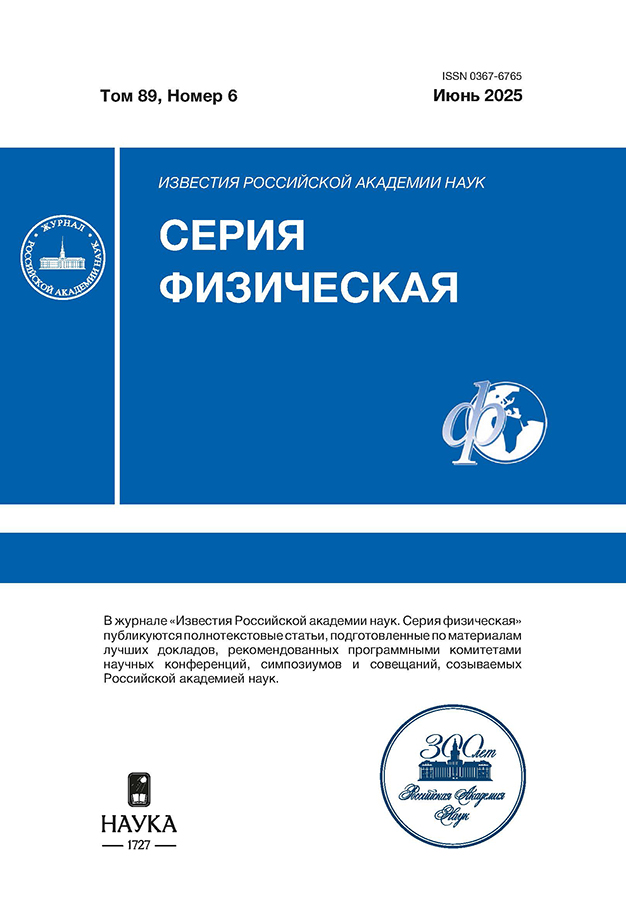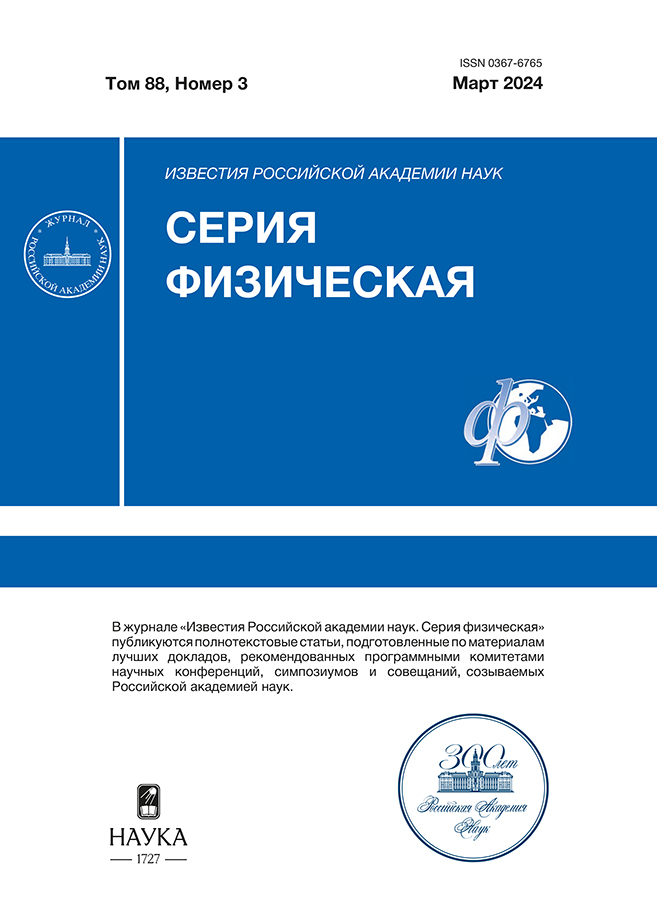Hausdorf dimension of typical very low frequency chorus emissions and verification of their excitation mechanism
- Authors: Bespalov P.A.1,2, Savina O.N.2, Neshchetkin G.M.1,2
-
Affiliations:
- Gaponov-Grekhov Institute of Applied Physics of the Russian Academy of Sciences
- Higher School of Economics National Research University
- Issue: Vol 88, No 3 (2024)
- Pages: 413-419
- Section: Physics of Auroral Phenomena
- URL: https://rjpbr.com/0367-6765/article/view/654729
- DOI: https://doi.org/10.31857/S0367676524030106
- EDN: https://elibrary.ru/QMEEOD
- ID: 654729
Cite item
Abstract
A quantitative study of the degree of complexity of electromagnetic VLF chorus emissions in the region of their excitation near the local minimum of the magnetic field outside the plasmasphere was carried out using modern mathematical tools. From the vast observational data collected during the Van Allen Probe mission, typical examples of chorus have been selected for which high-resolution digitized data are available. The original program was used to calculate the Hausdorff dimension of long numerical sequences. In all cases, the dimension turned out to be non-integer, which indicates the complex dynamics of the system. During the calculations, jumps in dimension were noted, including its decrease by about a factor of two for a fragment of a burst of chorus. The obtained results are important for confirming the mechanism of excitation of chorus by amplifying short noise pulses and for substantiating the possibility of automatic identification of electromagnetic radiation of different types.
Full Text
About the authors
P. A. Bespalov
Gaponov-Grekhov Institute of Applied Physics of the Russian Academy of Sciences; Higher School of Economics National Research University
Author for correspondence.
Email: PBespalov@mail.ru
Russian Federation, Nizhny Novgorod; Nizhny Novgorod
O. N. Savina
Higher School of Economics National Research University
Email: PBespalov@mail.ru
Russian Federation, Nizhny Novgorod
G. M. Neshchetkin
Gaponov-Grekhov Institute of Applied Physics of the Russian Academy of Sciences; Higher School of Economics National Research University
Email: PBespalov@mail.ru
Russian Federation, Nizhny Novgorod; Nizhny Novgorod
References
- Bell T.F., Inan U.S., Hague N., Pickett J.S. // Geophys. Res. Lett. 2009. V. 36. Art. No. L11101.
- Kletzing C.A., Kurth W.S., Acuna M. et al. // Space Sci. Rev. 2013. V. 179. P. 127.
- https://emfisis.physics.uiowa.edu/Flight.
- Eckman J.P., Ruelle D. // Rev. Mod. Phys. 1985. V. 57. P. 617.
- Takens F. // Lect. Notes Math. 1981. V. 898. P. 366.
- Grassberger P., Procaccia I. // Phys. Rev. Lett. 1983. V. 50. P. 346.
- Henon M. // Commun. Math. Phys. 1976. V. 50. P. 69.
- Шустер Г. Детерминированный хаос. Введение. М.: Мир, 1988. 248 с.
- Малинецкий Г.Г., Потапов А.В. Современные проблемы нелинейной динамики. М.: Эдиториал УРСС, 2000. 336 с.
- Moon F.C. Chaotic vibrations: an introduction for applied scientists and engineers. New York: Wiley-Interscience, 1987. 309 p.
- Trakhtengerts V.Y. // J. Geophys. Res. 1995. V. 100. P. 17205.
- Omura Y., Katoh Y., Summers D. // J. Geophys. Res. A. 2008. V. 113. Art. No. A04223.
- Bespalov P., Savina O. // Ann. Geophys. 2018. V. 36. P. 1201.
- Беспалов П.А., Савина О.Н., Жаравина П.Д. // Косм. иссл. 2022. Т. 60. С. 17.
Supplementary files













